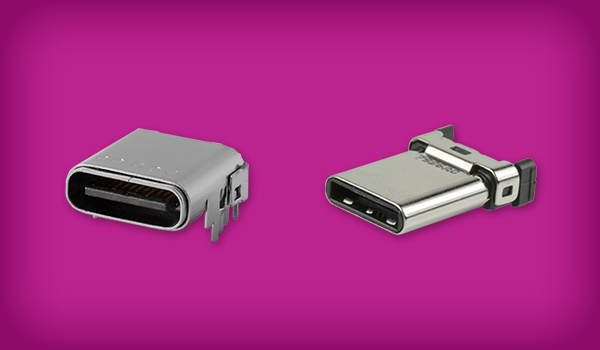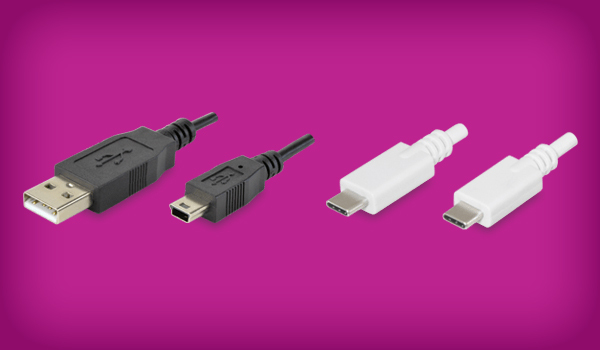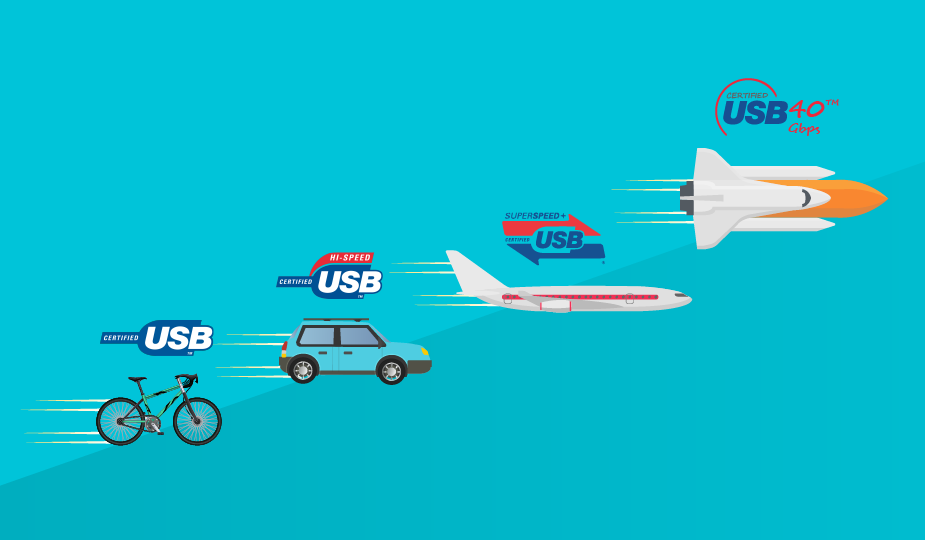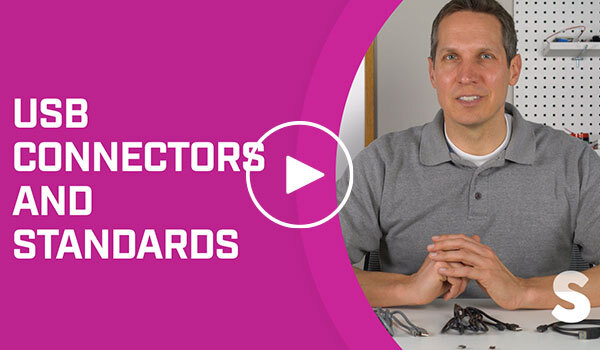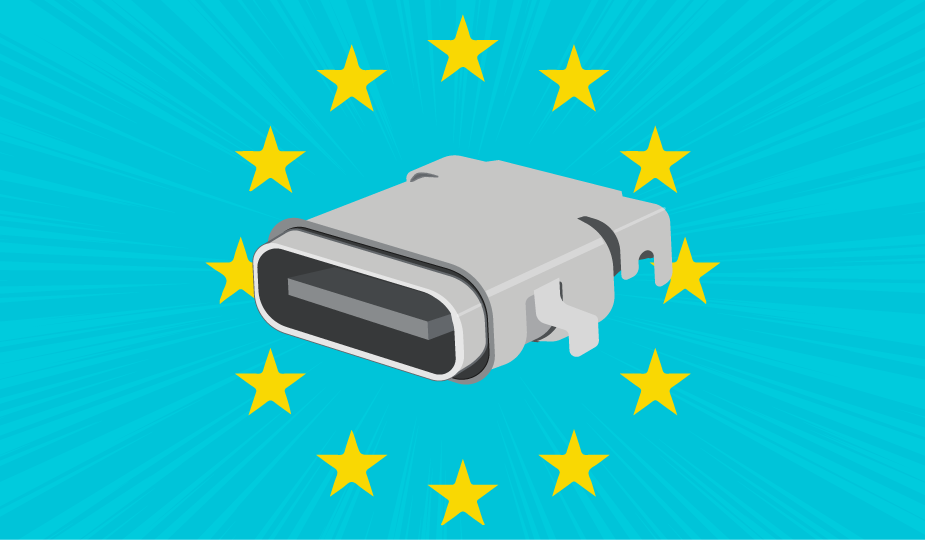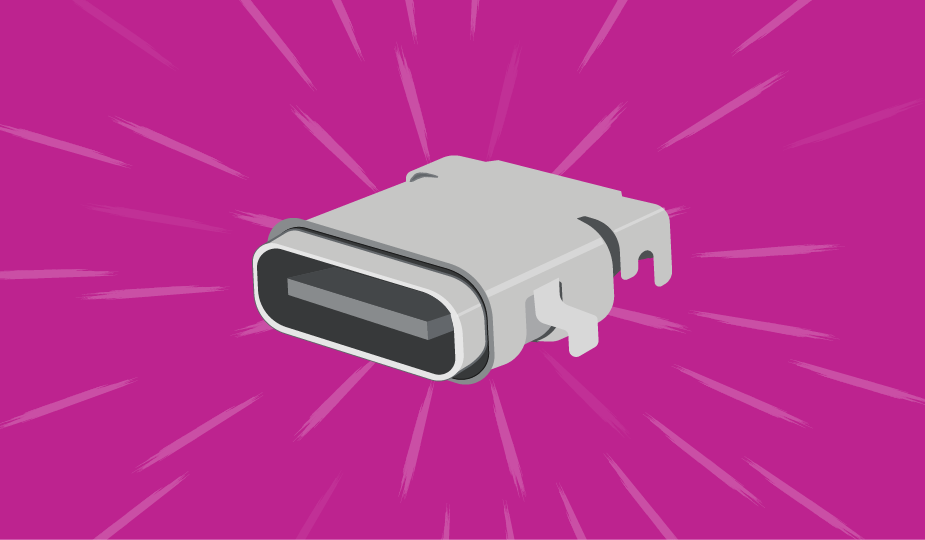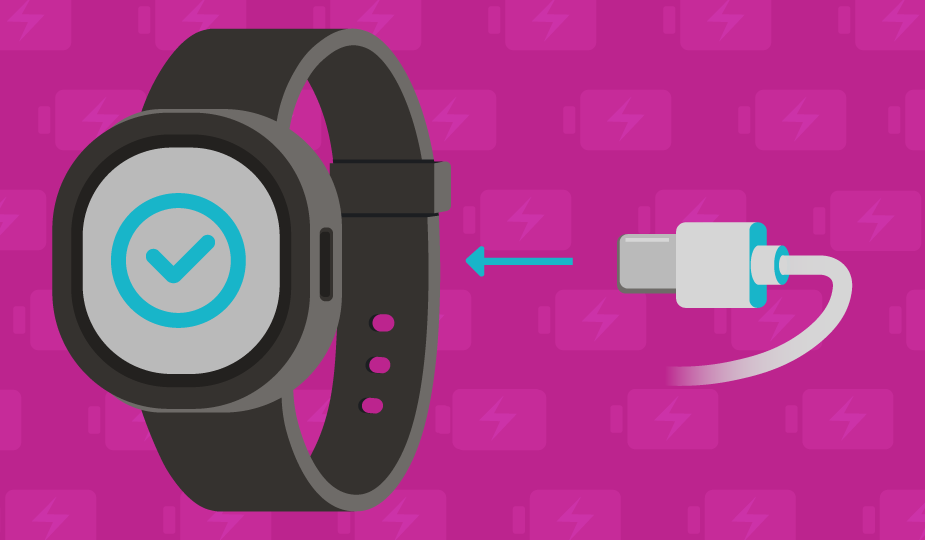USB 2.0 Is Not Dead
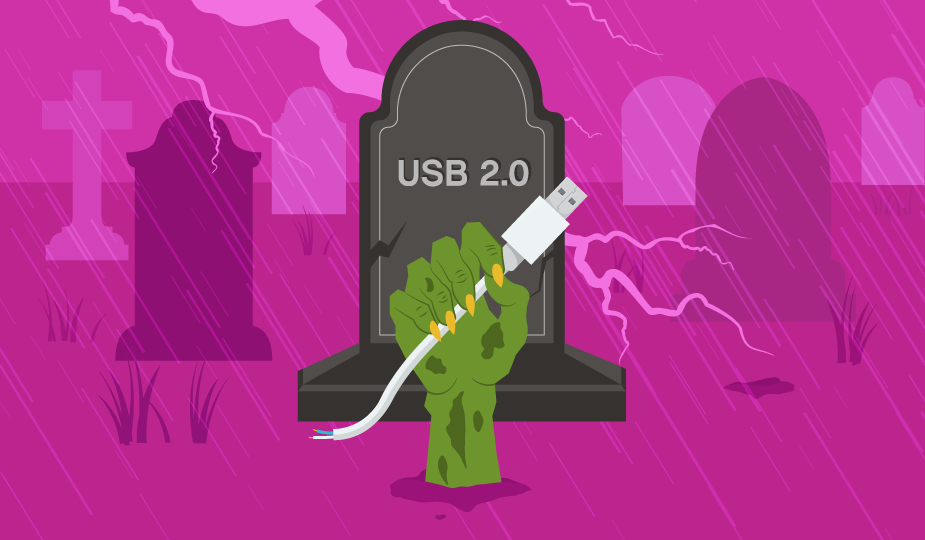
Over the decades, USB technology has constantly evolved and improved, with the introduction of USB4 and Power Delivery 3.1 significantly expanding the potential and versatility of USB connectors. Yet, despite these advancements, the USB 2.0 standard continues to persist in numerous devices, even with the latest Type-C ports. At first glance, the prevalence of this older technology may be confusing. Yet, when examining the cost efficiency, simplicity, and unmatched reliability, particularly when high data transfer speeds are not necessary, in many cases, it starts to make sense.
Looking for USB components? Shop Same Sky’s wide range of USB connectors and USB cables.
Understanding USB 2.0 and USB Type-C
USB 2.0 was one of the first large increases in USB capabilities and was important in solidifying USB’s role as the de facto universal connector. Standardized in the year 2000, USB 2.0 was an improvement on the communication protocol aspects of USB and offers transfer rates of up to 480 Mbps. This makes it adequate for many peripherals and provides reliable performance without the complexity found in more modern connectors. Now a quarter-century old, this standard is refined, robust, and well-understood. For a deep dive on the history of USB standards from 1.0 to USB4, click here.
USB Type-C, meanwhile, is the latest physical connector standard and is noted for its versatility and reversible design. Importantly, USB Type-C connectors are designed to be backward compatible, meaning they can support not only the latest high-speed protocols (like USB4) but also older, well-established protocols like the USB 2.0 communication standard. However, using a Type-C connector does not automatically indicate the supported communication protocol or speed. Externally, a Type-C connector is physically identical from USB 2.0 up to USB4, though the internal contacts can vary significantly.
Because of this separation between the physical connector (such as Type-A or Type-C) and the communication protocols (such as USB 2.0 or USB4), it is common and practical to find devices that combine the USB 2.0 protocol with both older Type-A connectors and the newer Type-C connectors. We cover this in-depth in our What You Need to Know About USB Connectors and USB Cables blog.
Why Choose a USB 2.0 Type-C Connector?
With the concern of confusion over physically similar yet fundamentally different underlying protocols, why would a manufacturer want to use the USB 2.0 protocol, even with a Type-C connector? There are several excellent reasons.
First, USB 2.0 connectors require fewer resources – fewer pins, simpler PCBs, and less complex cables. This simplicity keeps costs down and makes manufacturing and maintenance easier.
Second, many devices simply don’t need the massive bandwidth provided by newer USB data transfer standards. For instance, keyboards, mice, gaming controllers, audio devices, and even low-bandwidth IoT devices run perfectly well using USB 2.0. Using a faster standard for these devices would be unnecessary and increase costs without providing real benefits. There are even instances where data transfer is not needed and a power-only USB connector could be considered. By completely removing the data transfer pins, Same Sky’s power-only USB Type-C receptacles are an even more cost-effective solution for designs where charging or power is the sole function.
Third, USB 2.0 connectors use fewer system resources on motherboards. Faster standards like USB 3.2 and USB4 require triple the pins and PCB space, making them more complex and expensive. When low-speed devices occupy high-speed ports, they waste valuable resources, such as PCI Express lanes, which could be better used elsewhere.
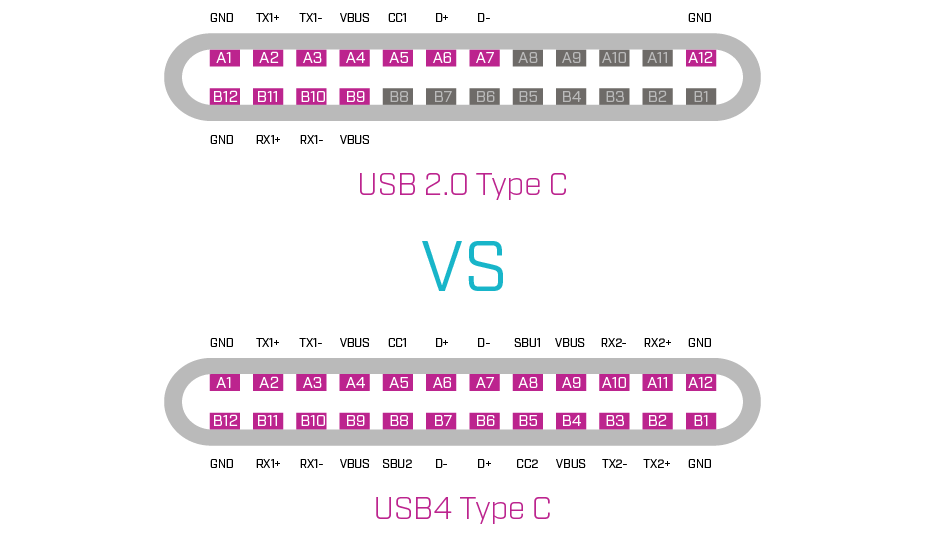
Finally, USB 2.0 is very well established, highly reliable, and maintains excellent compatibility with older devices. It is not just a legacy technology; it is actively maintained due to its practicality and widespread use in various industries. For example, USB 2.0 connectors are still incredibly common in commercial and industrial equipment. And, despite claims of backward compatibility, this compatibility is not always guaranteed with newer standards like USB4.
What are the Drawbacks of Using USB 2.0 in Modern Designs?
While USB 2.0 Type-C connectors have many benefits, there are, of course, some drawbacks. Most obvious is that they have limited data transfer speeds, which restrict their use in high-bandwidth applications if a user plugs in a more demanding peripheral. Additionally, some consumers might be confused, assuming that all Type-C connectors offer faster speeds and do not even realize they are plugging their high-speed devices into a lower-speed port. Finally, there’s the concern of futureproofing and appearances. USB 2.0 may seem outdated, deterring some users from purchasing something they consider inferior.
Choosing Between USB 2.0 and the Latest Generations of USB
Choosing the appropriate USB standard is not about selecting the newest or fastest option, it is about matching your specific needs to the right technology. Good engineering always involves selecting solutions that meet requirements without unnecessary complexity or cost. USB 2.0 may not be as flashy, but it continues to reliably support countless devices worldwide. When a device does not require high data speeds but demands reliability, simplicity, and cost-effectiveness, USB 2.0 Type-C or even Type-A is an excellent choice. While Type-C connectors will eventually supplant Type-A connectors, the still-ubiquitous USB Type-A connector continues to be an effective option in many USB 2.0 applications as well. In short, USB 2.0 is not going anywhere anytime soon. It is a practical choice for many everyday applications, offering reliable performance without unnecessary complexity or expense.
When it comes time for product selection, Same Sky has your USB connector needs covered with a wide range of USB Type-C and Type-A connector offerings from USB 2.0 to USB4 as well as power-only.
Key Takeaways
- USB 2.0 remains highly relevant due to its cost-effectiveness and simplicity.
- Not every device requires ultra-fast data transfer; many just need reliable connectivity or power.
- USB 3.2 and USB4 can waste valuable resources if the extra bandwidth is not needed.
- Choosing the right USB standard involves balancing performance needs, resources, and cost efficiency.
